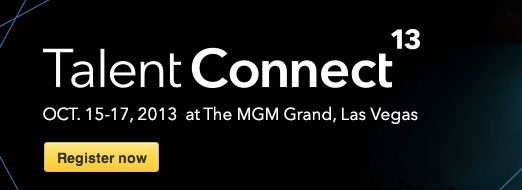How to Apply Moneyball to Talent Acquisition
In a world where the increasing prominence of data is often referred to as “Big Data,”, there is another term that resonates a lot more with most people -- “Moneyball.” The term was coined by Michael Lewis in his famous book and popularized by the movie starring heart-throb Brad Pitt. Both book and movie grabbed people’s attention in large part because of the compelling storyline. However, we think there’s one group of people to whom Moneyball should matter to more than most. No, not baseball players. Recruiters.
“Moneyball” is about the Oakland A’s, an under-resourced baseball team that outperformed expectations. While players were previously scouted by more subjective metrics, the A’s used data to find the best talent. Put in other terms, it’s about how they used data to recruit.
They were recruiting shortstops and center fielders, the same way you may be looking for financial analysts or salespeople. And, just like the data changed the game of baseball more than 10 years ago, we think that data is transforming the world of Talent Acquisition by using statistics to help find the best candidates for you.
To make you successful at your own Moneyball story, the Insights team at LinkedIn has dedicated its time to figuring out how to harness the vast wealth of data generated by our platform. Here are a few ways our LinkedIn customers can use our data to make better recruiting decisions:
1. Use talent pool analysis for your recruiting planning.
Understanding the supply of talent for a given location and job or skillset will help you both tactically and strategically.
At a tactical level, data on talent pools can be incredibly powerful when setting expectations with stakeholders. If a hiring manager ever presents a difficult set of requirements, you can use LinkedIn Recruiter to find exactly how many candidates fit those criteria. If the requirements are too challenging, you can tweak them to expand the pool of available candidates.
At a more strategic level, you can use Talent Pool reports on the Supply and Demand for particular sought-after groups ranging from students to software engineers to help drive decisions around workforce planning.
2. Prioritize engaged talent and measure your talent brand.
At a basic level, building your company follower base and measuring that audience over time are simple ways to assess the level of engagement that people have with your talent brand. For a more holistic metric, you can track your Talent Brand Index to find out how attractive your company is to the talent you want to hire.
After that teaser, are you still wondering how to put these lessons into practice? Well, for that you’ll have to come join us at Talent Connect Las Vegas or London. Register here for the Vegas event by September 28 to take advantage of the discounted rate and here for the London event with a discounted rate until September 25th. I look forward to seeing you there.
Here are some of the data-focused sessions you can attend at Talent Connect:
- Charlie Milne from Westpac will join myself and James Raybould from the Insights team to share our latest thinking on “Moneyball for Talent Acquisition”
- Gordon Davidson from Teradata and Ann Barrett from Sun Life discuss “Why Recruiting Leaders Should Learn to Love Data”
- Joanna Pomykala and Kevin Showkat from LinkedIn’s Insights team show how to “Demonstrate Your Impact & Inform Your Strategy: An Essential Introduction to LinkedIn Data”
- Nate Williams and Tavin Lanpheir from LinkedIn’s Product Consulting Team show how to leverage data from “LinkedIn Recruiter, Jobs, & Talent Pool Analysis”
The best part – you don’t have to be Brad Pitt to be great at recruiting Moneyball.
* image by IntelFreePress
Topics: Talent Connect
Related articles




